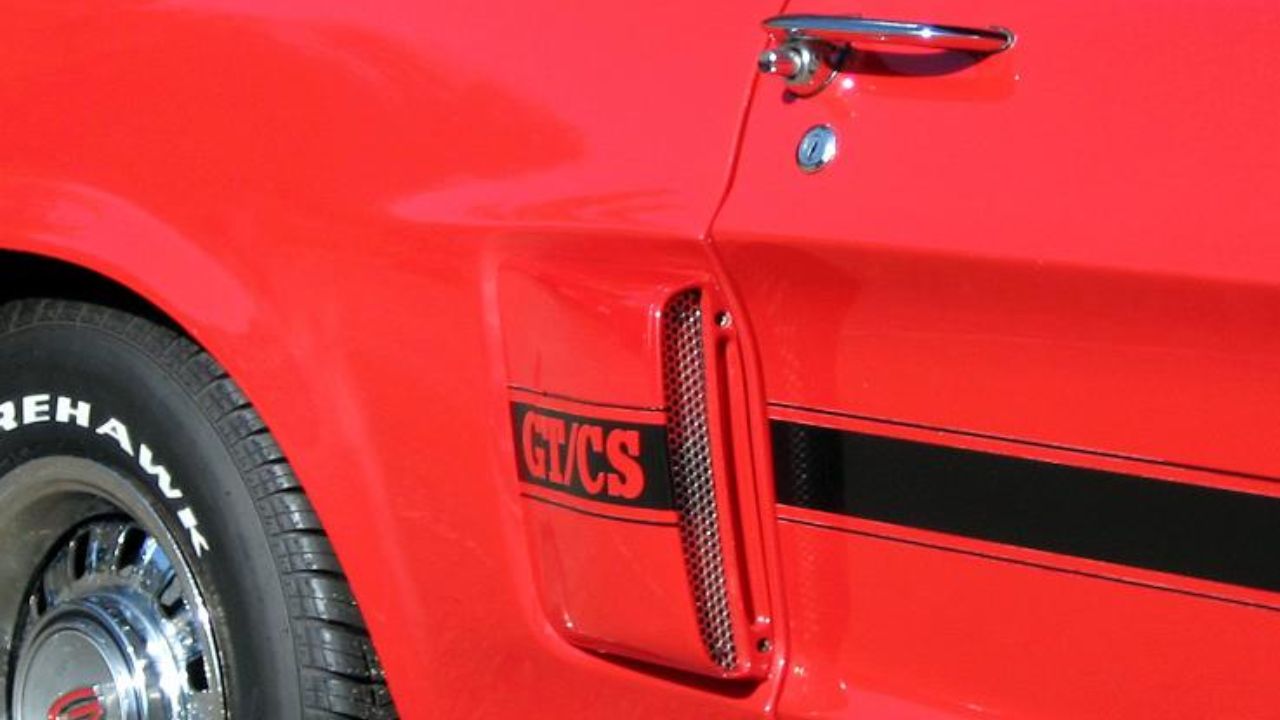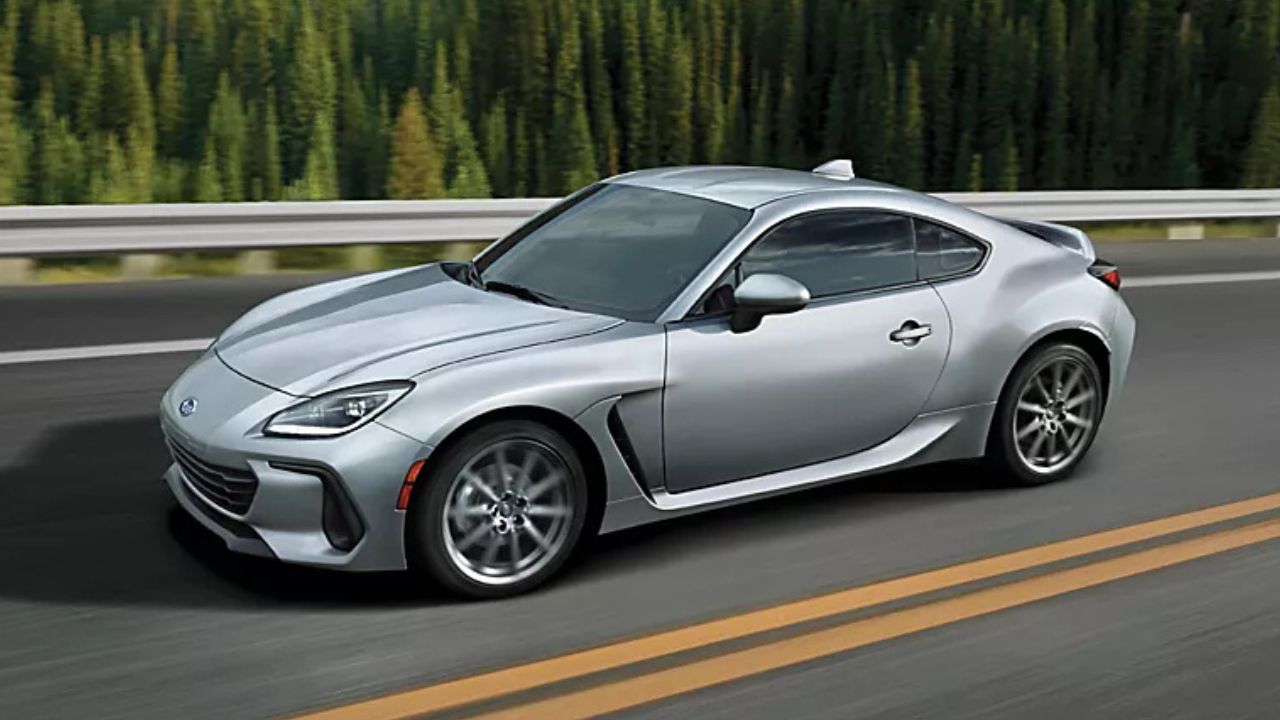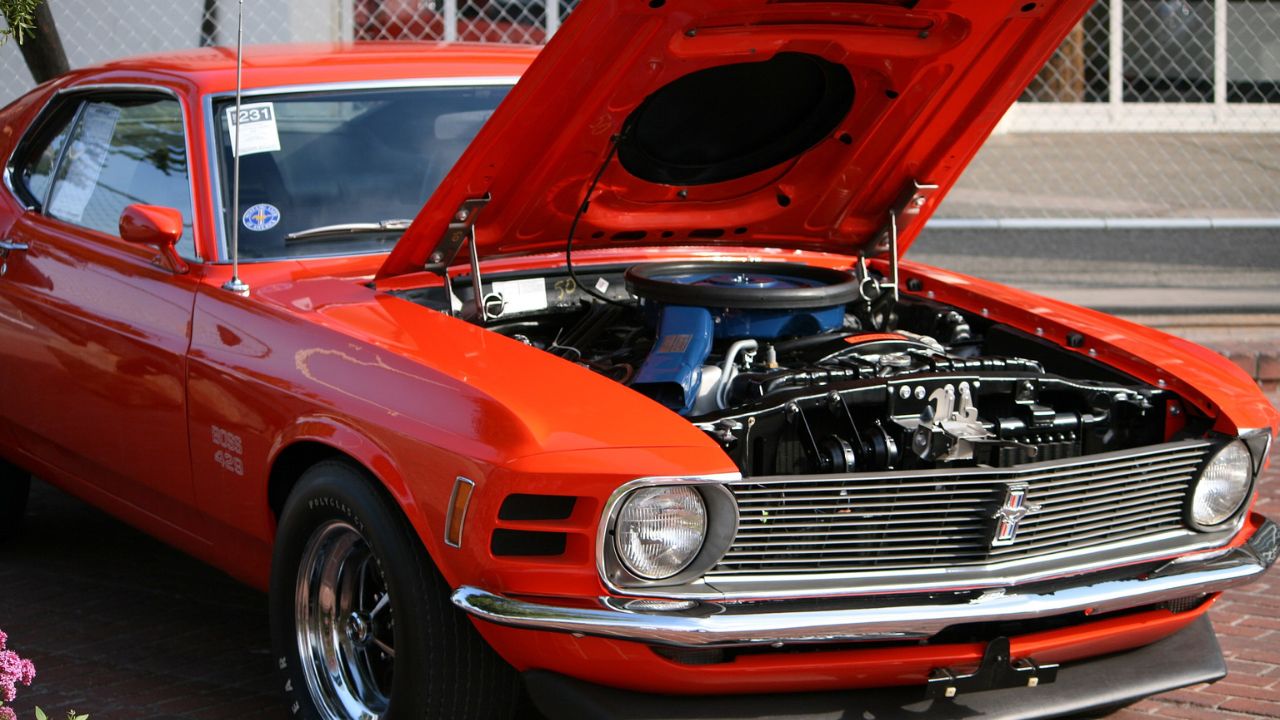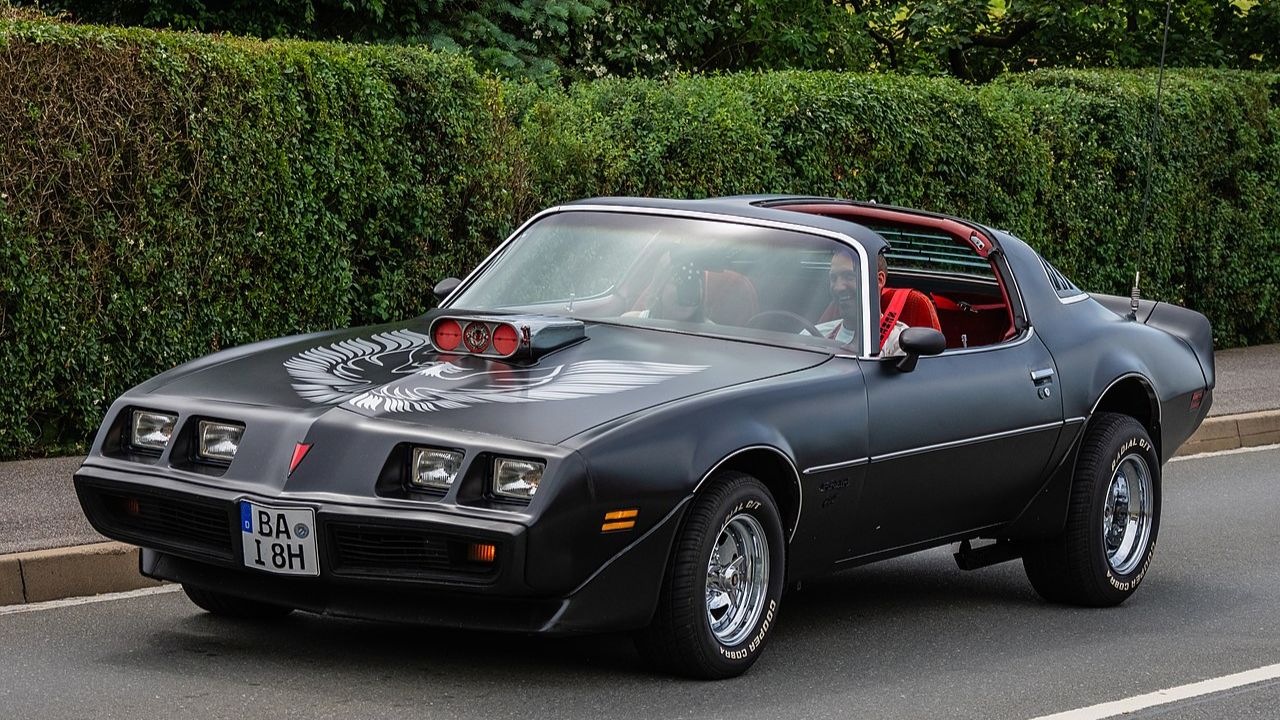Pickup trucks have long been celebrated for their versatility and ruggedness, but not all of them are suitable for urban environments. Some models, due to their sheer size, power, or lack of safety features, arguably shouldn’t be street-legal. Here, we explore eight such trucks that pose significant challenges on public roads.
The Behemoths: Too Big for City Streets

One of the primary challenges posed by oversized trucks in urban environments is their immense dimensions. Models like the Ford F-450 and the Chevrolet Silverado 3500HD are renowned for their size, often making them difficult to navigate through narrow city streets and tight parking spaces. These behemoths can dominate small city roads, leading to increased traffic congestion and posing significant risks to pedestrian safety.
Beyond just maneuverability, these large trucks can also obstruct the view for other drivers, contributing to potentially hazardous driving conditions. Their sheer size often requires more space, which can be a problem in densely packed urban areas, leading to stalled traffic and increased frustration among drivers. The impact on urban traffic flow can be profound, making these trucks a contentious topic in city planning discussions.
Power Overload: Trucks That Are Too Fast

Another category of pickup trucks that raises eyebrows in terms of street legality includes those with excessive horsepower and acceleration capabilities. Models with high-performance engines, such as the RAM 1500 TRX, can reach speeds that are potentially dangerous in populated areas. The fastest pickup trucks on the market can rival sports cars in terms of acceleration, leading to concerns over their suitability on regular roads.
The safety implications of having such powerful vehicles in urban settings are significant. High-speed collisions can result in severe consequences, not only for the truck’s occupants but also for other road users. Despite these concerns, there are surprisingly few regulations specifically targeting the speed capabilities of trucks, leaving a gap in ensuring road safety in populated areas.
Lacking Modern Safety Features

In an era where vehicle safety technology is rapidly advancing, some pickup trucks still lag behind in adopting essential safety features. Trucks lacking modern safety technology such as airbags and anti-lock braking systems (ABS) present increased risks to both drivers and pedestrians. The absence of these features, which are standard in most passenger vehicles, raises questions about the potential legal repercussions for manufacturers and owners.
The risks posed by these inadequately equipped trucks are magnified in urban environments where the probability of accidents is higher. Without modern safety measures, the consequences of even minor collisions can be severe. This has led to growing calls for stricter regulations and accountability for manufacturers who fail to meet safety standards.
Environmental Concerns: Emission Issues

Pickup trucks are often criticized for their poor fuel efficiency and high emissions, contributing significantly to air pollution. Models with large engines, notorious for their gas consumption, exacerbate environmental concerns. Urban areas, already grappling with pollution, are particularly affected by the emissions from these vehicles.
Efforts to curb emissions from large trucks include various proposed regulations, but enforcement remains a challenge. The environmental impact is significant, as these trucks contribute to smog and greenhouse gas emissions, affecting air quality and public health. The debate over their street legality often centers around these environmental concerns, pushing for more sustainable alternatives.
The Legal Landscape: Regulations and Loopholes

The current legal landscape surrounding pickup truck legality is a complex web of regulations and loopholes. While some regions have implemented restrictions on certain models, others have yet to address the challenges posed by these vehicles. Cases where trucks have been banned or restricted highlight the inconsistencies in regulations across different areas.
Loopholes in existing laws often allow problematic trucks to remain street-legal, much to the chagrin of safety advocates. The ongoing debate about their regulation is fueled by concerns over public safety, environmental impact, and urban planning. As these discussions continue, the push for more comprehensive and consistent regulations gains momentum.
Public Opinion and Industry Pushback

Public sentiment towards oversized and overly powerful pickup trucks is mixed. While some appreciate their utility and rugged appeal, others view them as hazards on the road. This divide is further complicated by the automotive industry’s response to criticism, often defending these vehicles as essential for certain tasks and lifestyles.
The future trends in pickup truck design and legislation are likely to be shaped by this ongoing debate. As consumer preferences evolve and environmental concerns gain prominence, the industry may be compelled to innovate and adapt, potentially leading to a new generation of safer and more eco-friendly trucks.
Like Fast Lane Only’s content? Be sure to follow us.
Here’s more from us:
*Created with AI assistance and editor review.







Leave a Reply